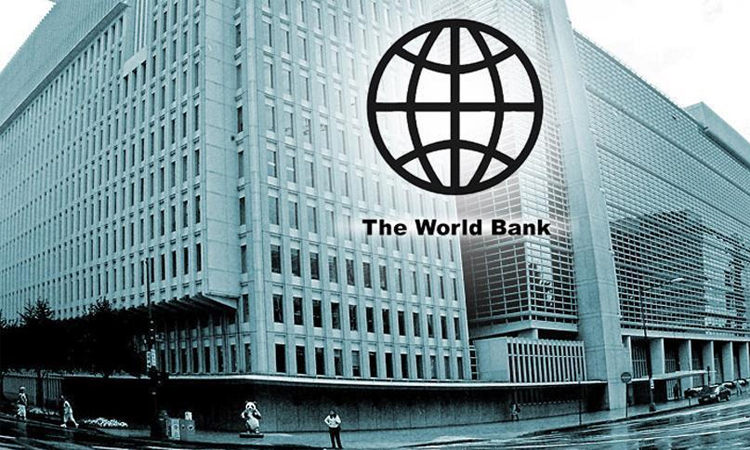News Flash

DHAKA, April 24, 2025 (BSS) - The World Bank has said that strong economic and fiscal reforms will help Bangladesh sustain growth amid global uncertainties.
Amid increasing uncertainty in the global economy, South Asia's growth prospects have weakened, including for Bangladesh.
A significant decrease in export growth and low investment have contributed to economic slowdown in Bangladesh in FY24, but growth is expected to rebound in the medium term, said the World Bank in its twice-yearly update, released yesterday.
The latest Bangladesh Development Update highlights the recent economic developments and outlook for the medium term, with a special focus on financial sector stability, said a World Bank press release today.
After a fall in real GDP growth to 4.2 percent in FY24 from 5.8 percent in FY23, economic activity slowed further in FY25.The economy continues to face significant challenges, including investment moderation, elevated inflation and vulnerabilities within the financial sector.
However, external sector pressures have eased apparently, with robust growth in remittance inflows and exports bolstering the current account balance in FY25.
Real GDP growth is projected to further moderate to 3.3 percent in FY25 due to declining private and public investment.
Political uncertainty and rising costs associated with borrowing and inputs are expected to constrain private investment growth and keep industrial growth subdued.
Public investment will decline as the government reduces capital expenditure in FY25. The fiscal deficit is expected to remain under 5 percent of GDP in the medium term, with capital expenditure increasing only gradually. Inflation is likely to remain elevated in the near term.
"Multiple shocks over the past decade have left South Asian countries with limited buffers to withstand an increasingly challenging global environment," said Martin Raiser, World Bank Vice President for South Asia.
"The region needs targeted reforms to strengthen economic resilience and unlock faster growth and job creation. Now is the time to open to trade, modernize agricultural sectors, and boost private sector dynamism." He added.
"Bangladesh will need bold and urgent reforms to bolster the financial sector, facilitate trade, and enhance domestic revenue mobilization," said Gayle Martin, World Bank Interim Country Director for Bangladesh.
The update said real GDP is expected to rise gradually in the medium term, if backed by critical reforms. Inflation is expected to gradually subside in the medium term on the back of tight monetary policy, fiscal consolidation and easing import restrictions on key food commodities. Rising trade uncertainties are expected to put pressure on the external sector.
"The risks to the outlook are on the downside as uncertainties related to trade, persistent inflationary pressure, and weak demand in Bangladesh's major export markets, and intensifying financial sector vulnerabilities could weigh on growth," said Dhruv Sharma, World Bank Senior Economist and co-author of the report.
The Bangladesh Development Update is a companion piece to the South Asia Development Update, a twice-a-year World Bank report that examines economic developments and prospects in the South Asia region and analyzes policy challenges countries are facing.
The April 2025 edition, of Taxing Times, projects regional growth to slow to 5.8 percent in 2025-0.4 percentage points below October projections-before ticking up to 6.1 percent in 2026.
This outlook is subject to heightened risks, including from a highly uncertain global landscape, combined with domestic vulnerabilities including constrained fiscal space.
It includes a special chapter analyzing the state of domestic resource mobilization in the region. Despite often higher tax rates, the region's tax revenues remain below the average for emerging markets and developing economies.
The report outlines how countries can address inefficiencies in tax policy and administration to increase revenues so that they can enhance resilience amid an increasingly challenging global economic environment.